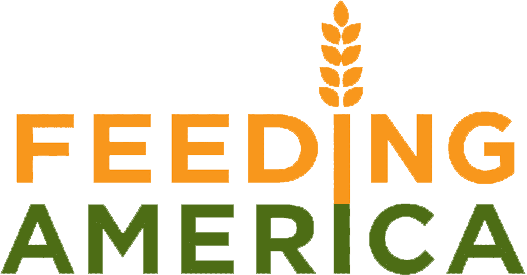http://www.sbfoundation.org/pages/news-and-resources/statewide-drought-impacts-food-bank-programs

Food distribution agencies are experiencing reduced supplies of fresh produce as a result of the statewide drought.
According to the United States Drought Monitor, Santa Barbara County entered a category D-4 Exceptional Drought in February this year. The Foodbank of Santa Barbara County is already experiencing the effects of the projected three-year drought in reduced supplies of fresh produce from other counties as well as increasing pressure on the county’s own exports.
“Droughts have long-term implications,” said Erik Talkin, chief executive officer of the Foodbank of Santa Barbara County. “We are in the first year of this drought, and we are really looking at two years where it is probably going to get worse before it gets better.”
The Foodbank currently serves 100,000 individuals each year, from preschoolers to seniors. As a result of the drought, the Foodbank estimates that it will spend an extra $100,000 per year on fresh produce. Several foundations are stepping up to help offset these costs. The Santa Barbara Foundation recently provided the Foodbank with a $5,000 emergency grant to purchase staple items not grown in the county, such as onions and sweet potatoes.
Along with its 330 member agencies, the Foodbank distributes more than 4.5 million pounds of fresh produce each year. Approximately one million pounds of that produce comes from Santa Barbara County, while the other 3.5 million pounds comes from other counties in California.
“Produce is no longer just a local issue,” said Erik. “We want to enjoy a balanced variety of produce and to do that, we have to source produce from other counties. Otherwise, we would be eating a narrow diet of broccoli, lettuce, and strawberries.”
One way the Foodbank ensures ongoing distribution of a variety of produce is by collaborating with other food banks within the California Association of Food Banks. The Farm to Family program helps food banks purchase seconds crops – crops that a grower cannot necessarily sell through a store because they are not large or beautiful enough. The food banks pay growers a reduced fee to harvest the crops for distribution.
“It is a very efficient system, but it relies on the product being available,” said Erik. “In a drought situation, product that was not selling before is now selling because there is less product around. That means there is less product to sell to food banks, and we have to pay higher prices.”
Access to fresh produce is critical to the Foodbank’s mission. Recognizing that poor eating habits increase the likelihood of diabetes, obesity, and some cancers, the Foodbank is committed to providing healthy resources for low-income communities and encourages donations of fruits and vegetables rather than canned goods.
“When people help us with money, we are able to turn every dollar into 17 dollars worth of distributed food through co-purchasing with other food banks and getting as much donated food as possible,” said Erik. “We are also encouraging people to donate fresh produce to us. Both of our facilities in Goleta and Santa Maria are equipped to accept donations of fresh produce from individual people. A couple weeks ago, we had someone bring us 10 lettuces. He had grown a row for himself and one for the food bank. That is a really effective way of helping.”
To learn more about supporting the Foodbank of Santa Barbara County, please visit foodbanksbc.org or call (805) 967-5741.



